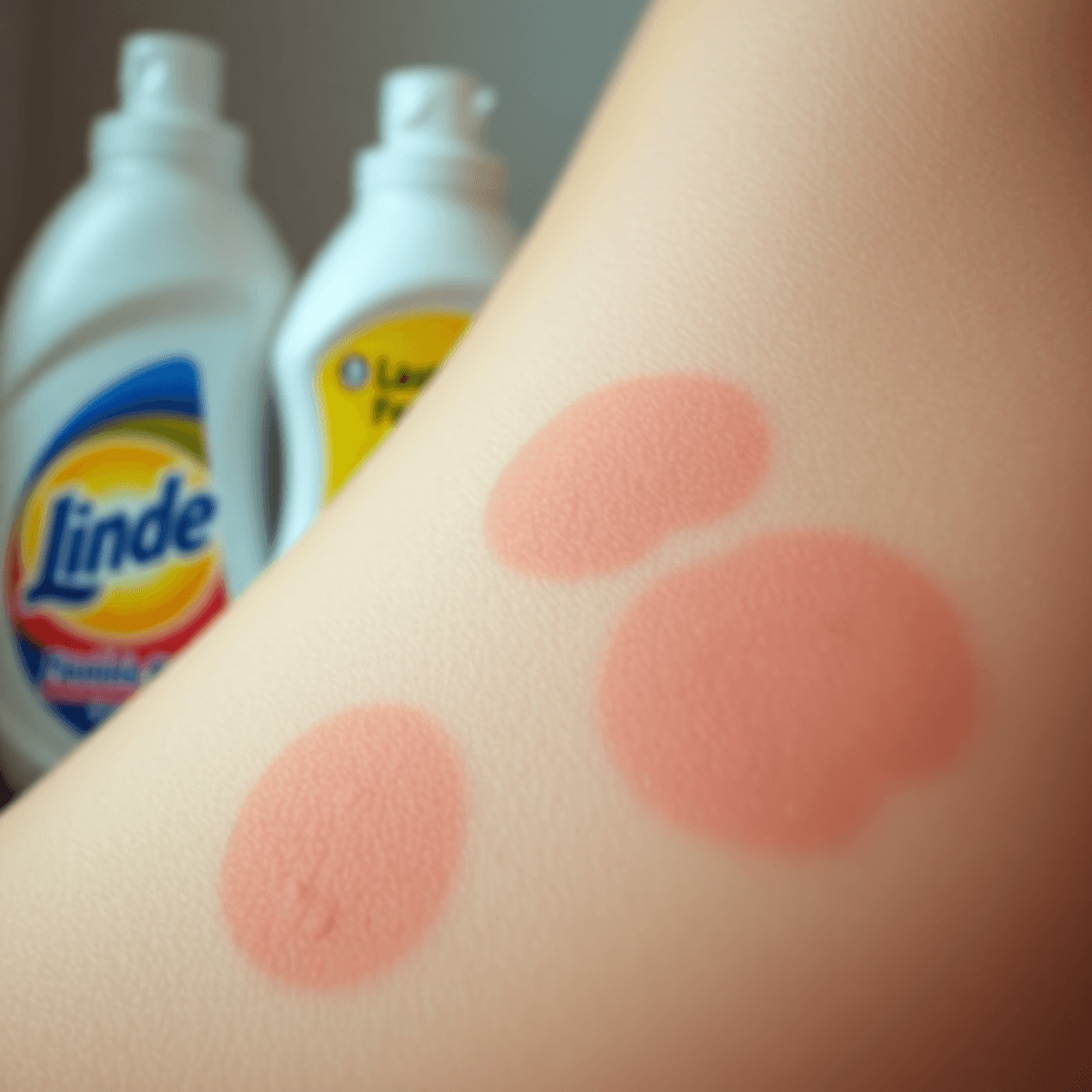Navigating the Journey through Children's Eczema, Atopic Dermatitis, and Psoriasis
Introduction to Eczema, Atopic Dermatitis, and Psoriasis
Every parent dreams of seeing their child's skin radiate with health. Yet for some mums, the reality is a little different. Conditions like eczema, atopic dermatitis, and psoriasis can leave even the most patient parents feeling overwhelmed. In this post, we'll uncover the essentials about these skin conditions, offering a lifeline to mums navigating this challenging path.
Eczema, atopic dermatitis, and psoriasis are three different dermatological conditions that affect children's skin. Each condition presents its own set of symptoms, ranging from mild redness to severe itching and discomfort. It's crucial to understand that these conditions, while troublesome, are manageable with the right knowledge and approach.
Children with these conditions might experience dry, itchy patches on their skin, making them feel irritable and uncomfortable. The visible symptoms can sometimes lead to self-consciousness or even bullying at school. Understanding the unique aspects of each condition is the first step in helping your child lead a comfortable life.
Understanding the Triggers
One of the most bewildering aspects of managing these skin conditions is identifying what triggers them. Environmental factors can play a significant role. Changes in weather, humidity levels, and exposure to allergens can exacerbate symptoms. Something as simple as a shift in temperature can make a world of difference to your child's skin.
Genetics also play a part. If there's a family history of skin conditions, your child might be more susceptible. It's important to note that while genetics can predispose a child to these conditions, they don't dictate the severity or frequency of flare-ups.
Lifestyle factors shouldn't be overlooked either. The fabrics your child wears, the soaps they use, and even the food they eat can impact their skin's health. Keeping a diary of potential triggers can be an invaluable tool in managing these conditions effectively.
Diagnosis and Management
Diagnosing skin conditions in children involves a careful examination by a paediatrician or dermatologist. They may ask about family history, conduct a visual inspection, and sometimes perform a skin test to confirm the diagnosis. Early diagnosis is key to managing symptoms effectively.
Once diagnosed, management becomes a priority. Treatment options vary depending on the severity of the condition but can include topical creams, moisturisers, and in some cases, medication. Your healthcare provider will work with you to develop a tailored plan for your child.
Regular follow-ups with a dermatologist can help track your child's progress and adjust treatment plans as necessary. It's important to remember that what works for one child may not work for another, so patience and persistence are vital.
Practical Tips for Parents
Managing your child's skin condition involves a combination of medical treatments and practical daily care strategies. One of the simplest yet most effective strategies is keeping the skin moisturised. Applying hypoallergenic moisturiser frequently throughout the day can help prevent dryness and irritation.
Bathing routines also play a crucial role. Use lukewarm water, as hot water can exacerbate symptoms, and opt for gentle, fragrance-free cleansers. Pat the skin dry with a soft towel instead of rubbing, and apply moisturiser while the skin is still damp.
Clothing choices matter too. Choose soft, breathable fabrics like cotton and avoid wool or synthetic materials that can irritate the skin. Regularly wash your child's clothes in mild detergent, ensuring no residue is left behind.
The Emotional Impact
Living with a chronic skin condition isn't just a physical challenge; it can take an emotional toll on both the child and the parents. Children might feel embarrassed or anxious about their appearance, particularly in social settings or at school.
Parents can play a pivotal role in supporting their child's emotional well-being. Open communication is key; encourage your child to express their feelings and reassure them that their condition doesn't define them. It might also be helpful to involve teachers and school staff in understanding your child's needs.
Seeking support from other parents in similar situations can be incredibly reassuring. Community forums, support groups, and online communities offer a platform to share experiences, gain insights, and find comfort in knowing you're not alone.
Looking to the Future
The future holds promise with ongoing research and advancements in treatment options for these skin conditions. New treatments, including biologics and advanced topical therapies, are continually being developed, offering hope for more effective management.
Staying informed about these developments is crucial for parents. Attend seminars, read up on the latest research, and consult with your healthcare provider about new treatment options. Being proactive in your child's care can make a significant difference in managing their condition.
It's also important to maintain regular check-ups with your child's dermatologist. Regular visits ensure that any changes in your child's condition are promptly addressed, and treatment plans are adjusted as needed.
Conclusion and Call to Action
Navigating the world of childhood eczema, atopic dermatitis, and psoriasis can be daunting, but with the right information and support, you can help your child live comfortably and confidently. Remember, you're not alone in this journey; many parents are navigating the same challenges.
We invite you to share your own experiences and tips in the comments below. Your insights could be the support another parent needs. And, for more helpful content and updates, subscribe to our newsletter. Together, let's create a supportive community for all mums dealing with children's skin issues.










